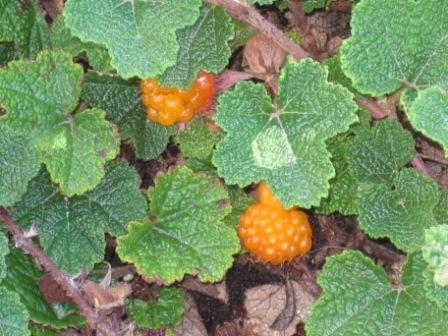One of the potential environmental benefits that came up in our discussion of the pro’s and con’s of turfgrass was carbon sequestration. The basic premise of carbon sequestration is to take CO2 out of the atmosphere and ‘lock it up’ in a form that won’t contribute to further global warming. One of the fallacies floating around these days is that any plant that photosynthesizes, takes up CO2 and thereby sequesters carbon. What we need to realize is that leaves give off CO2 at night via respiration and all non-photosynthetic (non-green) plant parts such as roots and stems give off CO2 virtually all the time. Turfgrass has some potential to sequester carbon, primarily as soil C. If we consider that a 7” deep layer of soil weighs 2 million pounds, increasing soil carbon by 1% can sequester 20,000 lbs of C per acre. How long does it take turfgrass to increase soil C by 1%? Don’t know, but I’m sure it takes awhile. Also, there is a limit to amount of carbon a give soil can store as C is respired away by microbial activity so eventually a steady state will be reached. (Plus we haven’t even subtracted out fossil fuel carbon to maintain turf). Some plants, such as trees, do have the capacity to sequester carbon in wood for long periods – think redwoods, sequoias and redcedars. But these trees cover only a small fraction of the world land area. Intensively managed forestry plantations can take large amounts of carbon out of the atmosphere and sequester it into wood. The question then becomes what do you do with the wood? If we burn it for biomass energy; Foof! All that C is right back in the atmosphere. Still better than burning fossil fuels but also a little less than carbon neutral at best. We can build houses with the wood from the plantation – the carbon will be sequestered as long as the house lasts. My home and barn were built in the 1890’s so the carbon taken out of the atmosphere by those trees is still locked up. If we really want to get serious about carbon sequestration, however, our best strategy would be to convert the entire Upper Peninsula of Michigan to fast growing poplar plantations, harvest the wood every 15 years, and sink the logs in Lake Superior where the cold water will prevent decay. Sound funny? I’m not the only person thinking this way. See Strand and Bedford 2009. Ocean Sequestration of Crop Residue Carbon: Recycling Fossil Fuel Carbon Back to Deep Sediments Environ. Sci. Technol., 2009, 43 (4), pp 1000–1007. http://pubs.acs.org/doi/abs/10.1021/es8015556
Bottom line: carbon sequestration is a very complex process and sequestering carbon for more than a few decades takes more creativity and brain-power than most of us can muster. However, trees and landscape plants do have important role to play in mitigating climate change and it doesn’t require heroic feats of engineering. Trees and landscape plants can effectively cool buildings, thereby reducing air conditioner use and save fossil fuels – see the USDA Forest Service Urban Forestry Research site for a few examples http://www.fs.fed.us/psw/programs/cufr/research/studies.php?TopicID=3 ultimately this is landscape horticulture’s contribution to climate change. Carbon sequestration? It’s a drop in a very big bucket.
</d












